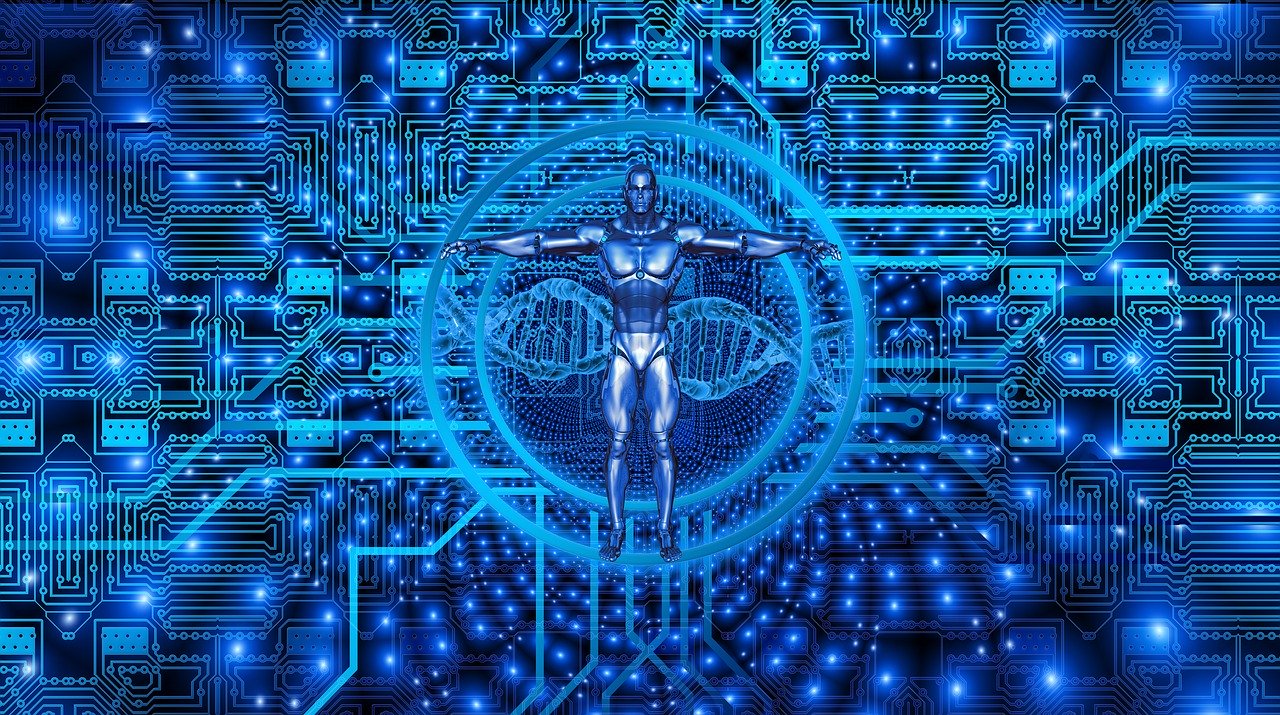What are Cyborgs?
Elijah van Soldt
What are Cyborgs? (*) Its basic definition is: a fusion between an organism and a machine. This could pertain to human beings but this is not necessarily the case: we’ve already seen ducklings with 3D-printed feet that can walk again after losing one of their feet or being born without. As there will (sadly) probably be very few ducklings attending the (IM)POSSIBLE BODIES exhibition, I will turn towards the human in this blog post.
Humans and machines are become more and more entangled. Precursors to this phenomenon are aides such as wheelchairs and implants like pacemakers, followed by the modern conveniences of smart everything. Technology and the human being are as inseparable as humans and nature.
But what do cyborgs look like? Can you recognise them at all? You certainly can. An often marginalised though growing group of disabled people are our cyborg precursors. They have accepted their (inter)dependent relationship with each other and technology much longer ago than so called able-bodied people. These ‘all inclusive cyborgs’ are constantly exploring new gadgets and possibilities to collaborate with machines. Predecessor to this exhibition, ROBOT LOVE, paid specific attention to this.

Choreographer and artist Doris Uhlich and her group of dancers allow us a peek into the world and experiences of disabled people in her film Every Body Electric, which will be shown in the virtual environment during (IM)POSSIBLE BODIES. Prosthetics, walkers, canes, wheelchairs, extensions of bodies that twist and turn as they dance, form an essential part of their day to day lives. Every Body Electric doesn’t necessarily forefront disabled people, but their relationship to their mechanical companions or companion species, a term coined by cyborg feminist Donna Haraway. Uhlich shows us that the machine as an extension of her dancers’ bodies creates endless possibilities. It turns the world upside down.
Breakdancer Redouan ‘Redo’ Ait Chitt explores the, from an ableist perspective, often unknown possibilities of living a life with a disability. His international breakdance crew ILL-ABILITIES owes its name to the hiphop language trend where a word with usually negative connotations is used positively: ‘ill’ does not mean sick, it means awesome. Redo and his crew do not dance around their disabilities but with it and make visible, much like Uhlich and her crew, previously unexplored possibilities. Redo’s dance performance F.E.A.R.; False Evidence Appearing Real is about confronting fear. To live your life around fear does lead to a half-life, while fear could also be utilised as a motivator to live life fully. This performance will be performed live during the (IM)POSSIBLE BODIES opening in ‘s-Hertogenbosch. An Augmented Reality hologram will be made accessible to the public as part of the AR city tour and is downloadable so that Redo can do his (em)powerdance in your living room (**).
So far, being a cyborg appears to be a massive emancipator across the board. A group of people who consider technology and being-cyborg as the very foundation of the future are the transhumanists. Over the course of four years, photographer Hannes Wiedemann followed a group of DIY ‘techno-anarchists’ in the USA: the Grinders. In his photographic series The Wetware Projects: Grinders, Wiedemann shows us how the cyborg community is constantly trying to improve itself by implanting chips and other smart prosthetics. The popularised image of cyborgs and androids is clean and clinical: we rarely see the grimy, graphic backside of this phenomenon. Wiedemann’s pictures show the messy other side of the coin: they operate on each other in garages. Flesh and muscle is cut through and pushed aside to implant gadgets. The cyborg future is still quite far removed from the often propagated, sterile Hollywood imagery.
While Wiedemann’s documenting of the Grinders solidly undoes the cyborg’s popular visual iconography of stereotypical perfection, videographer and artist Simon Senn takes us a step further in the direction of ethics surrounding cyborgs and the ongoing technologisation of bodies. In his Virtual Reality-performance Be Arielle F, Senn literally and figuratively crawls into the virtual skin of a woman whose body was scanned and made available online as a VR-model for the meagre price of ten pounds. He dances, walks and moves in the body as though it is his own and even says he feels good in a woman’s body. In an interview with the woman who, in a sense, donated her body to the internet, Senn asks her how it makes her feel that her body is now forever available online. She’s not sure: on the one hand she thinks it’s amazing the possibility exists, on the other she fears for the abuse of her body and does not want just anyone to be able to crawl into her skin. The performance, viewed and created through the lens of cyborgism, poses questions about sex, integrity and rights and the ethical limits to technology and its applications. The live performance will be held on October 24th in the online virtual environment.
At the end of this article it’s quite clear that being a cyborg is neither unilaterally positive nor negative. There exists a complex relationship between the sheer amount of possibilities created by the symbiosis of humans and machines, what the consequences of such a fusion and its implementations could be, and how it is used and abused. One thing is for certain: we’ve always been cyborgs.
(*) Other participating artists for ‘What are Cyborgs?’ are Geumhyung Jeong, Labyrinth Psychotica, Marsha Wichers, Agi Haines, Ningli Zhu, Neil Harbisson, and Moon Ribas. Visit https://impossiblebodies.nl/en/exhibition/ for the full programme.
(**)Redo Ait Chitt recently appeared, along with 33 famous other artists, thinkers, athletes and activists in the book I Am Not A Label.
You can also follow us on Instagram @impossible_bodies and Facebook (impossiblebodies).